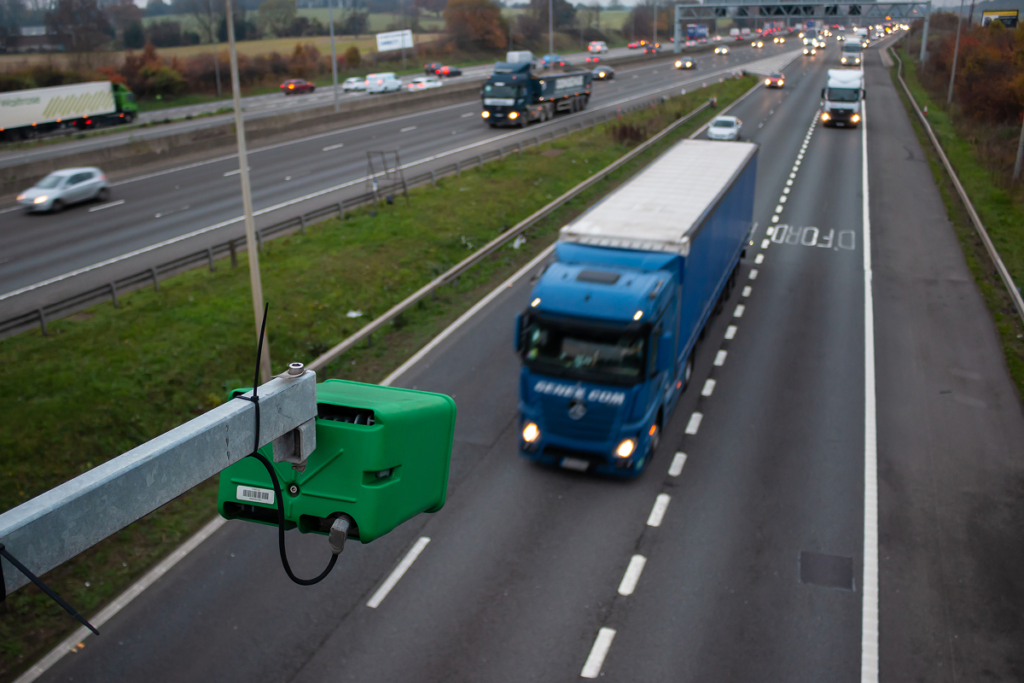Introduction
The advent of 5G technology has ushered in a new era of connectivity, enabling faster data transmission, reduced latency, and enhanced capabilities across various industries. One area significantly impacted by 5G is vehicle detection systems. These systems, powered by vehicle detection cameras, are essential in applications ranging from traffic management to autonomous vehicles, public safety, and smart parking solutions. With the rollout of 5G, vehicle detection cameras are now more powerful and efficient than ever, offering significant improvements in accuracy, responsiveness, and real-time data analysis.
In this article, we will explore how 5G connectivity is transforming the performance of vehicle detection cameras, leading to a more efficient, connected, and safer transportation ecosystem.
Understanding Vehicle Detection Cameras
Before delving into the impact of 5G, it’s essential to understand the role of Vehicle Detection Cameras in modern technology. Vehicle detection cameras are optical or infrared cameras designed to detect, monitor, and track vehicles in real-time. These cameras are equipped with advanced image processing algorithms that allow them to identify vehicles, measure their speed, and capture their license plates or other identifying features.
Vehicle detection cameras play a crucial role in various applications, including:
- Traffic monitoring: Collecting data on traffic flow, congestion, and accidents.
- Automated tolling systems: Identifying vehicles as they pass toll booths.
- License plate recognition (LPR): Capturing license plate details for law enforcement, security, and parking management.
- Autonomous vehicles: Assisting in navigation and collision avoidance by identifying surrounding vehicles and obstacles.
- Smart cities: Contributing to the development of intelligent traffic management and smart parking systems.
The Rise of 5G Connectivity
5G is the fifth generation of mobile network technology, designed to deliver faster speeds, lower latency, and greater capacity than its predecessors. One of the key characteristics of 5G is its ability to transmit large amounts of data with minimal delay, which is a game-changer for applications that rely on real-time information, such as vehicle detection cameras.
Compared to 4G, 5G offers data speeds up to 100 times faster and a latency as low as one millisecond. This allows devices connected to 5G networks to communicate almost instantly, enabling seamless integration of advanced technologies and transforming the performance of systems that depend on real-time data processing, including vehicle detection cameras.
How 5G Connectivity Enhances Vehicle Detection Camera Performance
- Real-Time Data Transmission
Vehicle detection cameras generate vast amounts of data, from capturing images and videos to processing vehicle attributes like speed, type, and direction. Traditionally, this data would need to be stored locally and then transmitted to central servers or data centers for further analysis. This process could take time, leading to delays in decision-making and response.
With 5G connectivity, vehicle detection cameras can transmit data almost instantaneously. This real-time data transfer enables more rapid analysis and allows for quicker responses in applications such as traffic management, law enforcement, and tolling systems. For instance, in tolling operations, vehicles passing through a toll booth can be identified, their toll fees calculated, and their payment processed within seconds—enhancing the efficiency of the entire system.
- Improved Accuracy and Efficiency of License Plate Recognition
License plate recognition (LPR) is a critical feature of many vehicle detection cameras, used in applications such as parking management, law enforcement, and toll collection. The accuracy of LPR depends on the quality of the camera’s image capture and the speed at which the data is processed.
5G’s ultra-low latency allows for faster transmission of high-quality images and data from vehicle detection cameras to recognition software. This reduces the likelihood of errors in recognizing license plates, especially in high-speed scenarios like highway toll booths or traffic enforcement.
- Enhanced Integration with Smart Cities and IoT Systems
5G’s ability to support massive numbers of connected devices simultaneously makes it a perfect enabler for the Internet of Things (IoT), which is integral to smart city infrastructure. Vehicle detection cameras, when integrated with IoT systems, can communicate with traffic lights, parking systems, and other smart city elements to create a more connected and efficient urban environment.
For example, in a smart parking system, vehicle detection cameras can track available parking spaces in real-time. With 5G connectivity, this data can be transmitted instantly to drivers via a mobile app, directing them to the nearest available space. Similarly, in traffic management, vehicle detection cameras can feed real-time data about traffic flow and congestion to centralized control systems, allowing for dynamic adjustments to traffic lights and road usage patterns to alleviate congestion.
- Faster Response Times in Emergency Situations
In emergency situations, such as accidents or traffic violations, quick responses are critical to minimizing damage and preventing further incidents. With 5G, vehicle detection cameras can transmit data to emergency responders or law enforcement agencies in real-time, allowing for faster coordination and action.
For instance, if a vehicle is detected running a red light or involved in a crash, a 5G-enabled vehicle detection camera can immediately alert traffic control centers, enabling them to take action such as changing traffic light patterns, dispatching emergency services, or notifying nearby drivers of the hazard. This enhanced connectivity ensures that emergency responses are faster, improving overall public safety.
- Enabling Autonomous Vehicles
Autonomous vehicles (AVs) rely heavily on real-time data from sensors and cameras to navigate and avoid obstacles. 5G connectivity enhances the capabilities of these sensors, particularly vehicle detection cameras, by providing faster data transfer and reducing latency.
This is especially important when autonomous vehicles need to communicate with other vehicles (V2V) or infrastructure (V2I), a concept known as vehicle-to-everything (V2X) communication. With 5G’s low latency and high data transfer rate, AVs equipped with vehicle detection cameras can quickly share information with surrounding vehicles, enabling them to make quicker decisions and avoid accidents, improving the safety and efficiency of self-driving cars.
- Cost-Efficiency in Infrastructure Management
Although the initial investment in 5G infrastructure may seem high, the long-term cost benefits are substantial. With faster data transmission and improved camera performance, municipalities and businesses can reduce operational costs associated with manual monitoring, traffic control, and security management. Additionally, the reduction in errors and delays in processing data ensures more efficient use of resources, leading to overall cost savings.
Future Prospects and Challenges
While 5G connectivity holds immense potential for enhancing the performance of vehicle detection cameras, there are still challenges to consider. The rollout of 5G networks is ongoing, and there may be gaps in coverage, particularly in rural areas. Additionally, the integration of vehicle detection cameras with 5G networks requires significant infrastructure investments and coordination between multiple stakeholders, including telecommunications providers, local governments, and technology companies.
Conclusion
5G connectivity is transforming vehicle detection cameras by enabling faster data transmission, reduced latency, and enhanced performance. From real-time data analysis and improved accuracy in license plate recognition to the seamless integration of vehicle detection cameras with smart city systems, 5G is playing a critical role in the evolution of vehicle detection technology. As the adoption of 5G continues to expand, the performance of vehicle detection cameras will only improve, contributing to safer roads, more efficient traffic management, and smarter urban environments.






